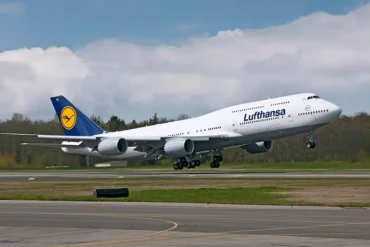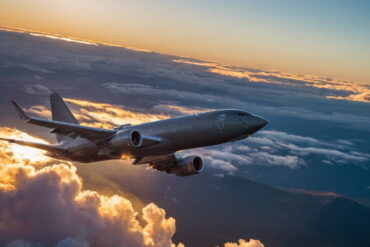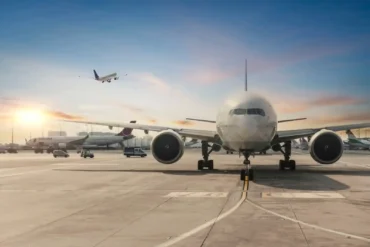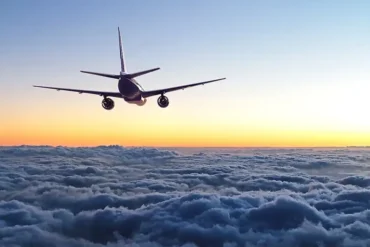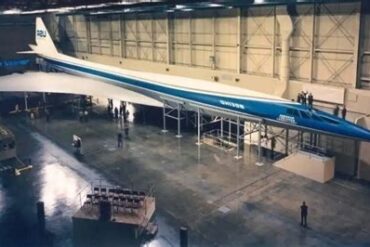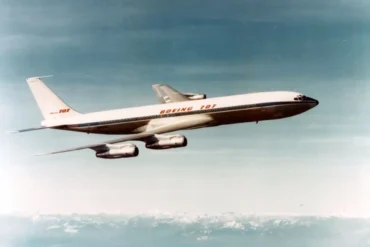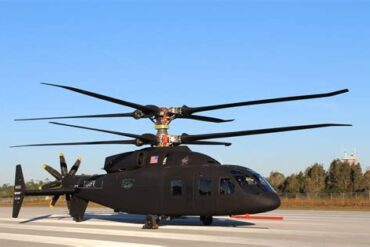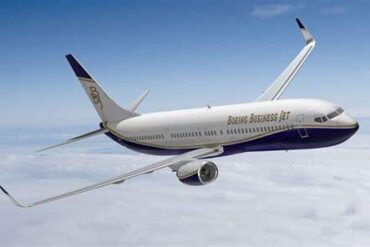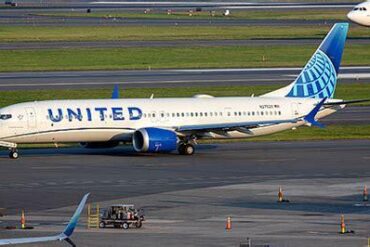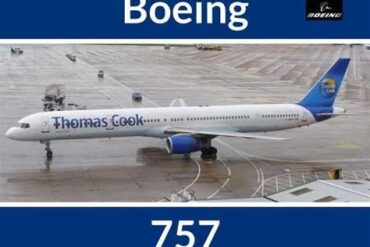Ever wondered about those planes you’re always flying on? Let’s chat about two of the most common ones: the Airbus A320 and Boeing 737. They might look alike at first glance, but there are some cool differences. The A320 has a softer, rounder nose, while the 737’s nose is more pointy. The windows in the cockpit are different too – the 737’s are slanted, but the A320’s are more straight and rounded. Oh, and get this: the A320 is actually seven inches wider inside! That might not sound like much, but it can make a big difference when you’re trying to get comfy in your seat.
These two planes are like the workhorses of the sky. They might not be as flashy as some of the bigger planes out there, but they’re the ones you’ll probably fly on most often. They’re reliable, familiar, and get the job done. Let’s take a closer look at what makes them special!
The Differences
At first glance, the A320 and 737 might look like twins. But once you know what to look for, you’ll be able to tell them apart like a pro! The A320’s nose is kind of cute and friendly-looking, while the 737’s nose is more pointed and assertive. It’s like they each have their own personality!

Now, I won’t lie – telling these planes apart can be tricky sometimes. There are lots of different versions of each, and some of the differences are pretty subtle. But once you get the hang of it, it’s kind of fun to spot the details that make each one unique.
One big giveaway is the cockpit windows. The 737’s windows slope down along the side of the plane, while the A320’s are more level and rounded. And if you look at the engines, you might notice that the newer 737s have flattened engine covers at the bottom. That’s because they needed to make room for the engines to fit under the wings. The A320’s engines are higher up, so they don’t need that flat bottom.
Oh, and check out the wingtips! Both planes have these cool winglets to help them fly more efficiently, but they look different. Boeing’s are more angular, and they even have this neat “split scimitar” design on some planes, with two winglets pointing in opposite directions.
These little details might seem small, but they’re what give each plane its own unique look. But what about inside? Let’s take a peek!
Inside Story
When you first step onto either of these planes, you might think they look pretty similar inside. That’s because they’re both designed for shorter flights, so they have a similar layout. You’ll usually see three seats on each side of the aisle, with maybe a few business class seats up front. Both have overhead bins for your bags, and bathrooms at the front and back (and sometimes in the middle on bigger versions).
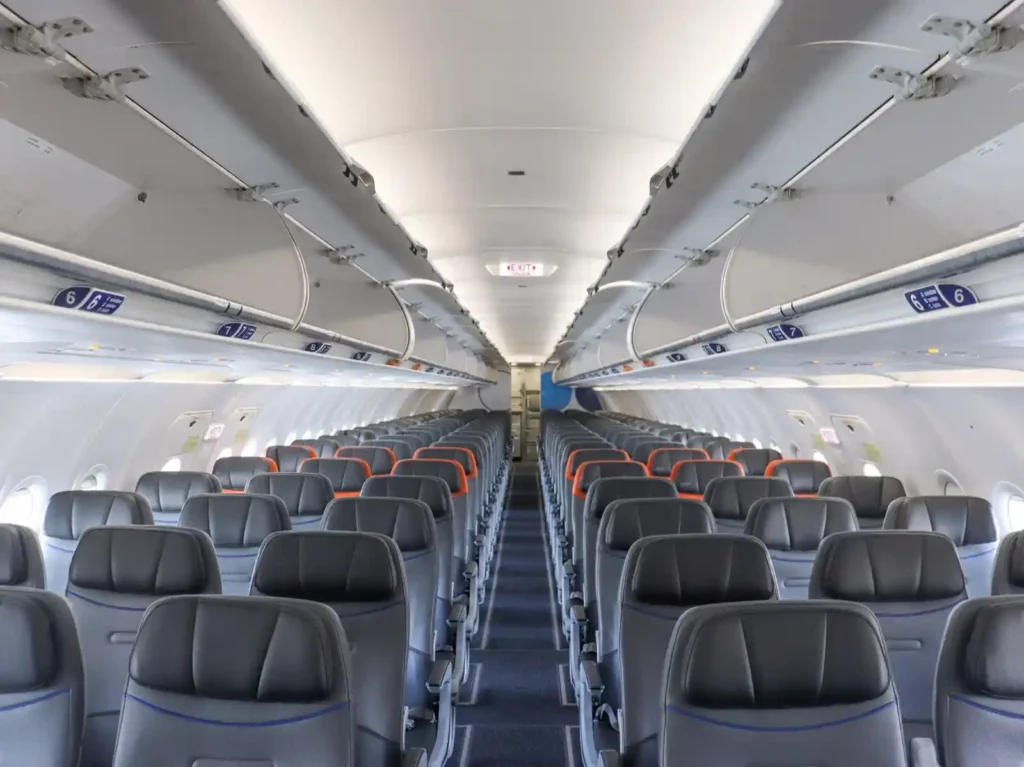
But here’s where it gets interesting: remember that seven-inch difference I mentioned earlier? That extra width in the A320 means you might get a slightly wider seat. For example, on Delta Air Lines, an economy seat on an A320 is 18 inches wide, while on their 737s, it’s 17.3 inches. It might not sound like much, but every little bit helps when you’re on a long flight!
The windows are a bit different too. The 737’s windows are a little bigger and lower down, while the A320’s are higher up. And because of how the A320 is designed, the wall inside looks straighter.
As for other stuff like entertainment systems or fancy seats, that really depends on the airline. Even within the same airline, you might find different setups on different planes. It’s like a surprise every time you fly!
Pilot Talk
Now, if you ask pilots about these planes, you’ll get some interesting answers! Some older pilots really love the 737 because it feels more like “real” flying to them. It has this floor-mounted yoke (that’s the steering wheel for planes) that’s connected to cables, so the pilots can really feel what the plane is doing.
The A320, on the other hand, is more high-tech. It uses something called “fly-by-wire,” which means the pilot’s controls are connected to computers that then tell the plane what to do. Some pilots think this feels less natural, but others love how smooth and precise it is.
One cool thing about Airbus planes is that if you know how to fly one, it’s easier to learn to fly others in the Airbus family. That’s a big plus for pilots who want to fly different types of planes!
By the Numbers
Both Boeing and Airbus have come out with newer, more efficient versions of these planes, but you’ll still see a lot of the older ones flying around. In fact, if you’re on a smaller plane like these, chances are it’s either a Boeing 737-800 or an Airbus A320-200.
Let’s compare some basic stats:
| Boeing 737-800 | Airbus A320-200 | |
|---|---|---|
| Length | 129 ft 7 in (39.5 m) | 123 ft 3 in (37.57 m) |
| Wingspan | 117 ft 5 in (35.8 m) | 111 ft 10 in (34.1 m) |
| Max takeoff weight | 174,000 lb (79,000 kg) | 170,000 lb (77,000 kg) |
| Range | 2,940 nm (5445 km) | 3,078 nm (5,700 km) |
| Cruise speed | Mach 0.785 | Mach 0.78 |
| Typical capacity | 162 passengers | 150 passengers |
| Max capacity | 198 passengers | 190 passengers |
For a while, the A320 was ahead in terms of orders, especially after some issues with the 737 MAX in 2019. But things change quickly in the airplane world! As of October 2023, Boeing has delivered over 11,550 737s and still has orders for 4,091 more. Airbus has delivered 11,370 A320s and has orders for 17,907.
It’s a close race, and the numbers can change fast if an airline places a big order. Both companies are working hard to deliver planes and meet their goals for the year.
Looking Ahead
Airbus is working on a new version of the A321 called the A321XLR. This plane will be able to fly even farther – up to 4,700 nautical miles – with 220 passengers. It’s designed to open up new long-distance routes that weren’t possible before with smaller planes.
Boeing isn’t sitting still either. They’ve been setting new delivery records since their 737 MAX was cleared to fly again. They’re also working on new versions of the 737 – the MAX 7 and MAX 10. The MAX 10 will be able to carry 230 passengers, which is pretty close to the A321’s maximum of 244.
So, which plane is better? That’s a tough question to answer! It really depends on what you’re looking for. Both planes have their strengths, and airlines choose them for different reasons. As a passenger, the biggest difference you might notice is how the airline sets up the inside of the plane. That can vary a lot from one airline to another, even for the same type of plane.
In the end, whether you prefer the Boeing 737 or the Airbus A320 comes down to personal taste. They’re both great planes that get millions of people where they need to go every day. Next time you fly, see if you can figure out which one you’re on!


